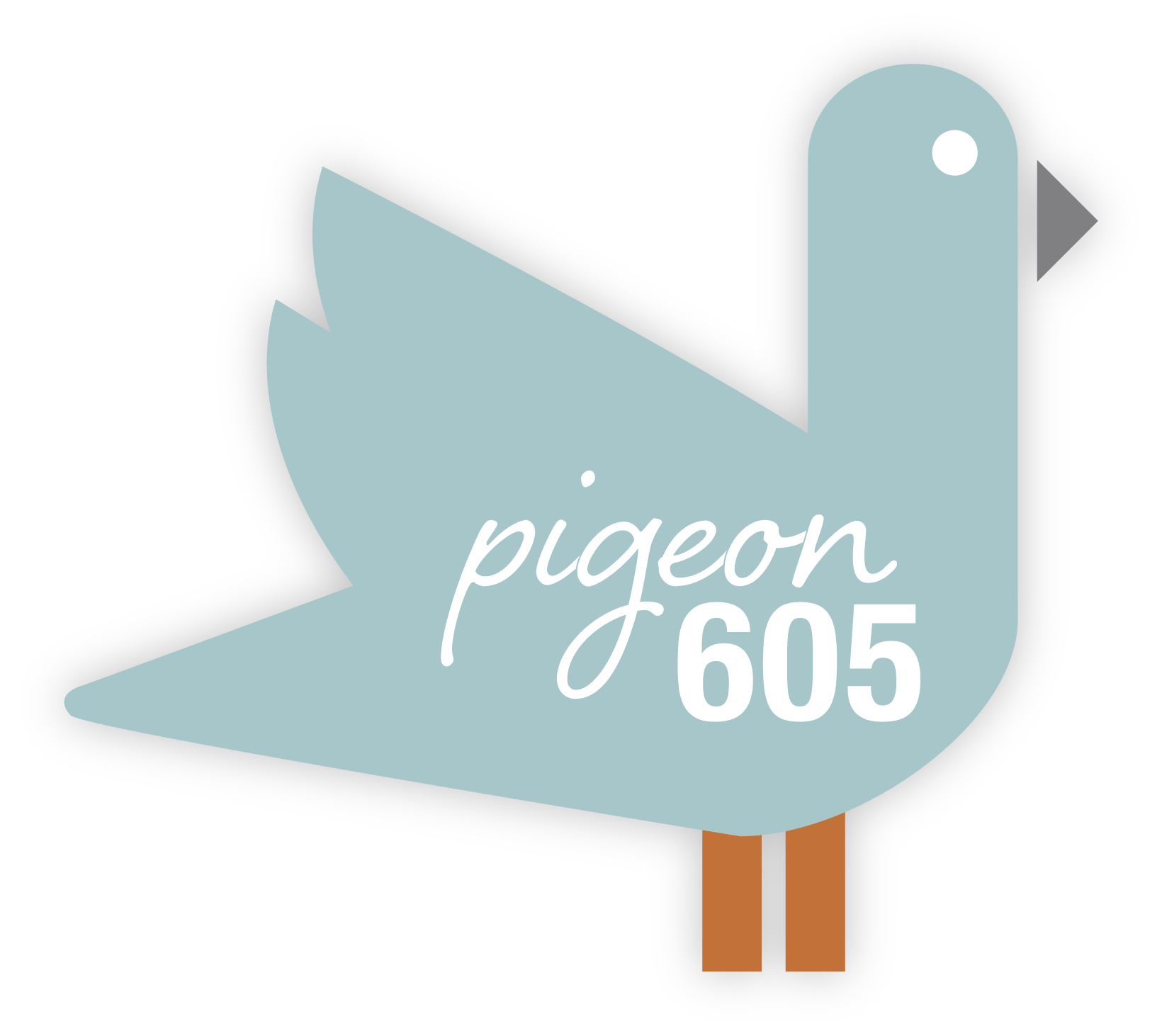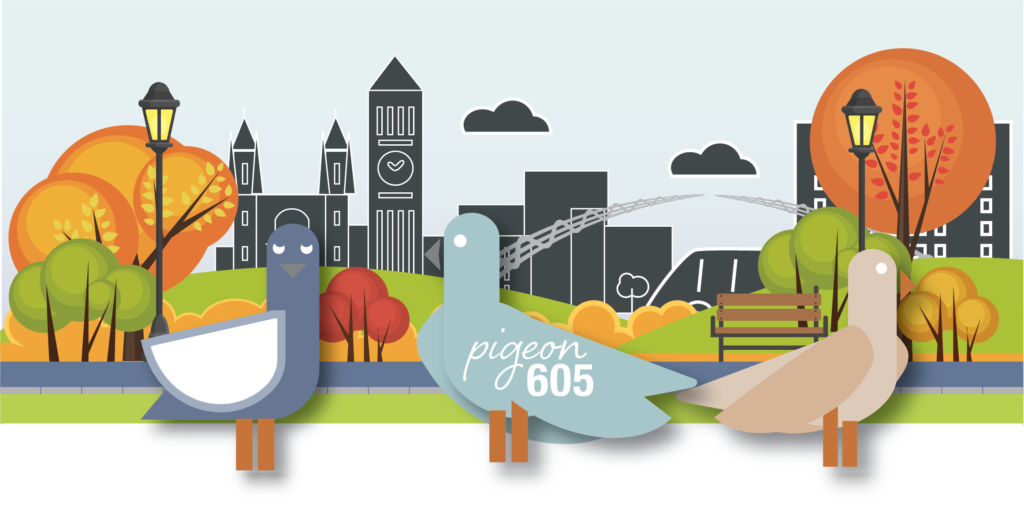Innovation, perseverance help patient recover from spinal cord stroke
This paid piece is sponsored by Avera.
Every day, Nick Kiesow works to beat the odds, one small step at a time, following a stroke in his spinal cord.
“You have to learn to crawl before you can walk is how she explained it to me from day one. And that’s what we’ve been doing almost every single day,” Kiesow said.
It has been quite the journey for the 44-year-old who left the Avera McKennan Hospital & University Health Center Inpatient Rehab Unit in early December 2022 and has been a common presence since in the outpatient therapy program with physical therapist Stephanie Myers.

His ultimate goal is to get back to being an active dad, keep up with his kids and do activities he once loved like golf. In the short term, Kiesow’s goal is to walk without the need for canes.
“While this goal remains unchanged, we have come to appreciate and celebrate the small victories and milestones achieved every day,” Kiesow said.
Diagnosed with spinal cord stroke
Kiesow was the victim of a spinal cord stroke in late 2022. He remembers waking up to find he had no function from his right hip all the way down to his toes. As that day progressed, the stroke sapped his strength and abilities in his left leg and began climbing up his body before settling just below his sternum.
“I was concerned, based on his neurologic exam, that we might be dealing with something spinal cord-related,” said Dr. William Rossing, the Avera Medical Group neurologist who treated Kiesow.
Statistically, just over 1 percent of strokes happen in the spinal cord and typically cause patients to feel symptoms of sputtering nerve or muscle pain that are reminiscent of a pinched nerve or pulled muscle. Given Kiesow’s age, Rossing was more concerned about him possibly having multiple sclerosis or some other sort of demyelinating disorder of his spinal cord. After several tests to rule out other conditions and advanced imaging, the confirmation of a spinal cord stroke was made.
Relearning to walk with the exoskeleton
With a diagnosis in hand, his path to recovery began.
Kiesow experienced a loss of strength that meant he had to learn many functions again. During his stay in the inpatient rehab, he spent time in the pool, working on core strength and using what’s known as an exoskeleton to develop leg strength and mobility again.
The exoskeleton is a gait assistance device that doesn’t walk for patients but allows them to rehab their muscles in a safer environment.
“It provides immediate feedback for just walking in general. The really difficult part is thinking about every integral part of taking a step, having it told to you and then having to think about every step of that process. So there’s a lot that goes into taking a step that you don’t even realize,” Kiesow said.

The suit allowed the therapy team to control Kiesow’s steps in the beginning and progress to just initiating that first step for safety. It provides another tool to help jump-start patients’ therapy.
Moving to outpatient therapy
Once home from the hospital, Kiesow continued to work on his strength, balance and mobility with physical therapy. He continues to hit milestones.
To say he is committed is an understatement. Kiesow does physical therapy two to three days a week. On non-PT days, he does at-home therapy and works with a personal trainer for core and upper-body strength. He also does independent pool sessions at the Avera Johnson Aquatic Center, which was designed specifically for aquatic therapy.

“When we first started to walk, Stephanie was on a stool holding my leg. I was in a harness so I couldn’t fall. Now, it’s two canes, and she’s just walking next to me, and so, I mean, the progression has really taken off,” Kiesow said.
Kiesow’s ability to walk with canes remains limited as fatigue sets in and his walking form deteriorates. That’s why building strength continues to be a focus, he said.

Myers said it’s inspiring to watch Kiesow’s dedication and the success he’s having. “Day in and day out, he’s sweating, he’s crawling, doing things that he doesn’t really care for, but he’s driven and has goals, and I’m just super proud of him,” she said.
Despite the frustrations that come from relearning activities and motions that were once basic, he knows the only way to get back to normal is to put in the work at rehab.
“Coming here, doing the activities and putting in the work is the only way you’re going to get back to normal. Eventually, I’ll get down to one cane and then no canes. I mean, that is really where I feel like we’re progressing. That’s the goal – just to get back to 100 percent normal,” Kiesow said.
Read more patient stories at AveraBalance.org.
Share This Story
Most Recent
Videos
Want to stay connected to where you live with more stories like this?
Adopt a free virtual “pigeon” to deliver news that will matter to you.





























